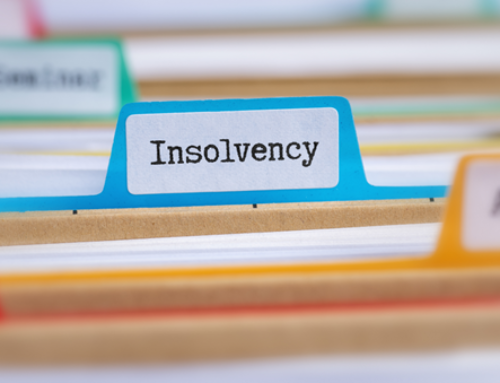
HMRC introduced IR35 or the ‘off-payroll working rules’ in 2000 to target ‘disguised employment’ and tax avoidance. It is aimed at companies who hire freelancers or contractors to undertake work but who are in effect working as employees.
The advantage for the employer is that they don’t have to pay employers’ National lnsurance contributions or give the contractor the benefits they would have to give to an employee. The benefit for the contractor is that by setting up a limited company, they can take avoid National Insurance and pay lower rates of tax.
IR35, however, is designed to assess whether someone is in fact an employee. If HMRC decides this is the case, they will be classed as ‘inside IR35’ and have to pay income tax and National Insurance just like any employee. If they’re not deemed to be an employee, they are ‘outside IR35’ and won’t be liable.
According to HMRC, if the contractor would have been an employee had there been no intermediary or Personal Service Company (PSC), the off-payroll rules apply.
How to work out someone’s status
HMRC has a tool named CEST that determines whether an individual should be classed as employed or self-employed for tax purposes although concerns have been raised about it’s accuracy. The tool only arrives to a conclusion 85% of the time, leaving 15% of cases pending further investigation so it is worth having a back-up system. The ambiguity has meant that even HMRC has lost a number of high profile tax tribunals.
What’s due to change?
It’s predicted that 90% of freelancers and contractors are not complying with the existing off-payroll rules. As a result, changes in IR35 legislation will be coming into effect on 6 April 2020, which will shift the onus onto the employer to prove the contractor’s self-employed status.
This is already the case in the public sector but it will also apply to the private sector once the new legislation comes in. The rules will not apply to small companies, as defined by the Companies Act definitions.
The change will affect any contractors working through a PSC, recruitment agencies and all large and medium-sized end clients.
What will it mean for your clients?
Businesses and contractors are against the proposals, saying the new rules could increase a business’ contractor costs by up to 14 per cent and limit the tax freedom currently enjoyed by the self-employed.
With over 1.4 million British freelancers working across all sectors, you may have a number of clients operating PSCs coming to you for advice. Some may be considering moving into direct employment and PAYE, some may choose to work through an ‘umbrella company’ that acts as an employer and others may revert to being a sole trader.
What are the options for closing a company down?
If you do have a client who is considering closing their limited company or PSC because of the implications of IR35, there are a number of points to bear in mind.
First, you need to establish whether they are solvent or not.
Insufficient funds
If there are outstanding tax or other liabilities which are greater than the funds in the business, your client could consider repaying any dividends they have drawn, to repay the debts. If the business cannot raise enough money this way, your client’s company would have to be ‘wound up’ by a liquidator. The director will still have a liability for any overdrawn dividends.
Surplus funds – voluntary strike-off
If the company does have surplus funds, one option your client could consider would be an informal (voluntary) ‘strike off’. This is done by simply making an application to Companies House.
Under this option, if the reserves are less than £25,000, the best course of action is normally dissolution. Any funds can usually be paid as a capital distribution before an application for the company to be struck off is made, although capital gains tax would be applicable.
Surplus funds – Members’ Voluntary Liquidation
A Members’ Voluntary Liquidation (MVL) is another option if your client is looking to wind up a company that is solvent and has assets over £25,000. This is a tax-efficient way of unlocking cash so that the remaining profits are fairly distributed to shareholders as capital not dividends.
Although this means the distributions are taxed as a capital gain, they are not subject to income tax and may also be eligible for entrepreneurs’ relief. An MVL needs to be carried out by a licensed insolvency practitioner but it is often more tax-efficient than simply dissolving the company.
The rules are complex so it is worth seeking specialist advice as to the most appropriate option depending on each client’s particular situation.
DMC Recovery are experienced insolvency practitioners with particular expertise in IR35 cases. If you have a client who is unsure about how to proceed in light of the new legislation, do get in touch.





